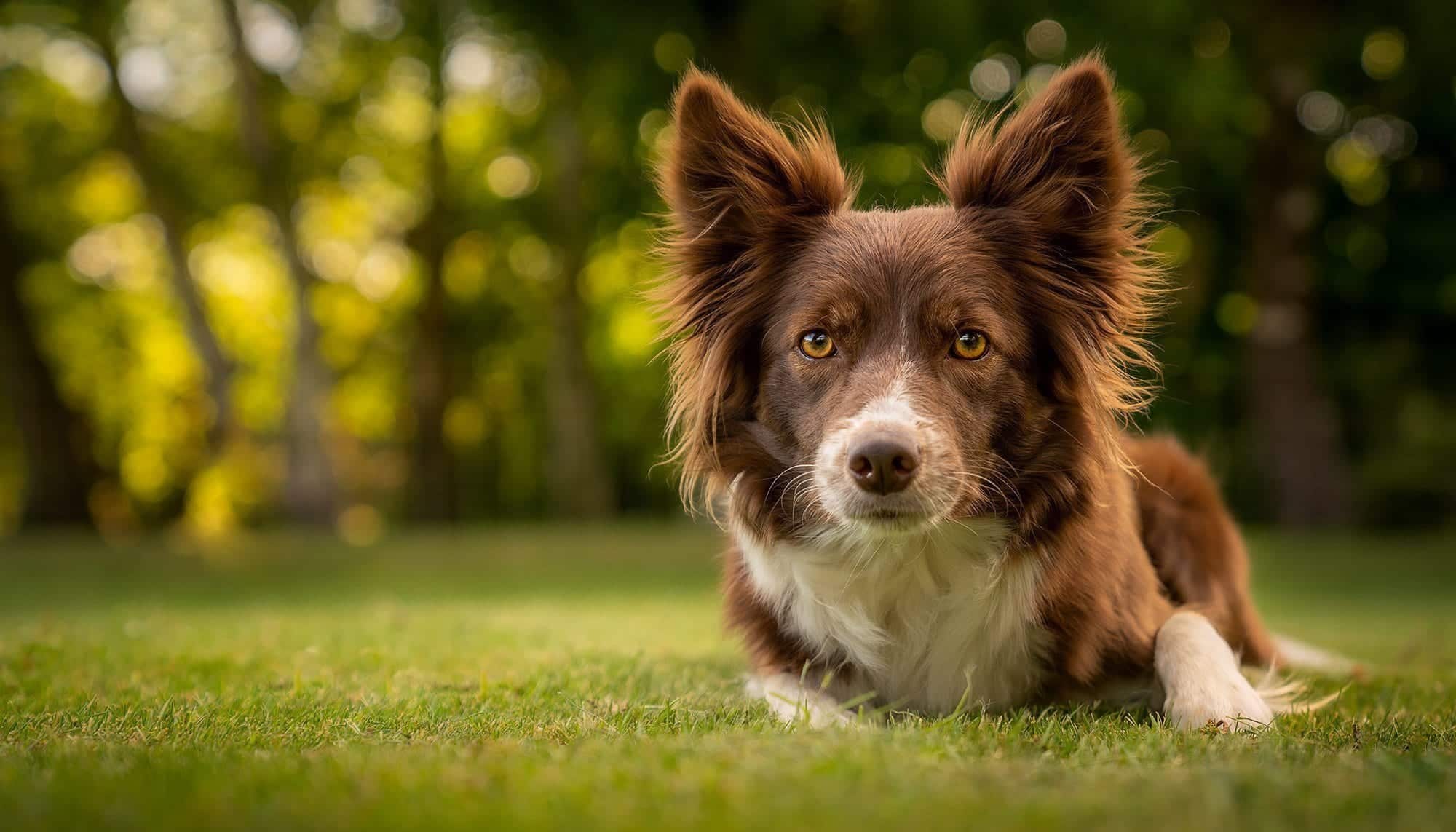 w-dog.org
w-dog.org Introduction: Preparing for Puppy Potty Training Potty training your puppy or dog can seem daunting, but with patience, consistency, and the right approach, you can set them up for success. This guide outlines a step-by-step method for effectively training your dog to eliminate outside (or in a designated indoor spot). Remember to tailor the training to your dog's individual needs and personality.
Step 1: Establish a Routine A consistent schedule is crucial. Dogs thrive on predictability. Feeding Schedule: Feed your dog at the same times each day. This helps regulate their digestive system and makes it easier to predict when they need to go. Designated Potty Breaks: Take your dog outside first thing in the morning, after every meal, after naps, after playtime, and right before bedtime. Young puppies may need to go out every 2-3 hours. Consistent Location: Always take your dog to the same designated potty spot in your yard. Their scent will encourage them to go there.
Step 2: Positive Reinforcement Reward your dog immediately when they eliminate in the designated spot. Verbal Praise: Use a specific phrase like "Go potty!" or "Good dog!" while they are eliminating, and then shower them with praise immediately afterward. Treats: Offer a small, high-value treat immediately after they finish. Make sure the treat is reserved only for potty training. Timing is Key: The reward must be given within seconds of them finishing. Otherwise, they might not associate the reward with the act of elimination.
Step 3: Supervision and Prevention Constant supervision is vital, especially in the early stages of training. Keep a Close Watch: Watch your dog closely for signs that they need to go, such as circling, sniffing, squatting, or scratching at the door. Crate Training: If you are crate training, a crate can be a helpful tool. Dogs naturally avoid soiling their sleeping area. However, never leave your dog in a crate for longer than they can comfortably hold it. The crate should be properly sized. Restrict Access: When you can't supervise, confine your dog to a small, easily cleanable area, such as a crate or a puppy-proofed room.
Step 4: Handling Accidents Accidents will happen. How you respond is important. Clean Up Immediately: Clean up accidents thoroughly with an enzymatic cleaner specifically designed to remove pet odors. This will prevent your dog from being attracted to that spot again. Avoid Punishment: Never scold or punish your dog for having an accident. This will only make them fearful and less likely to eliminate in front of you. Instead, focus on preventing future accidents. Interrupt the Accident (If Possible): If you catch your dog in the act of eliminating indoors, calmly interrupt them with a clap or a firm "Uh-oh!" Then, immediately take them outside to their designated potty spot. If they finish there, praise and reward them.
Step 5: Extending Time Between Potty Breaks As your dog becomes more reliable, gradually extend the time between potty breaks. Monitor Their Needs: Pay attention to your dog's individual needs and adjust the schedule accordingly. Consistency is Key: Continue to reinforce good behavior with praise and treats. Be Patient: Potty training takes time and patience. Don't get discouraged if there are setbacks. Just stay consistent with your training methods.
Step 6: Addressing Specific Challenges Some dogs may present unique challenges. Submissive Urination: If your dog urinates when excited or scared, work on building their confidence and avoiding situations that trigger the behavior. Consult with a veterinarian or certified dog trainer for guidance. Marking Behavior: If your dog is marking indoors, neutering or spaying may help. Also, clean marked areas thoroughly with an enzymatic cleaner. Medical Issues: If your dog is suddenly having accidents after being reliably potty trained, consult with your veterinarian to rule out any underlying medical conditions.
Conclusion: Maintaining Consistency and Patience Successful potty training requires ongoing consistency and patience. Even after your dog is reliably potty trained, continue to provide regular potty breaks and praise good behavior. Remember to celebrate your dog's successes and be patient during setbacks. With dedication and understanding, you can help your dog become a well-behaved member of your household.
Resource Guide: Raising A Dog On A Budget
 bebusinessed.com
bebusinessed.com Portrait Of A Dog Photography At Luca Glossop Blog
 storage.googleapis.com
storage.googleapis.com Free Wallpapers Dog Puppy Portrait
 w-dog.org
w-dog.org